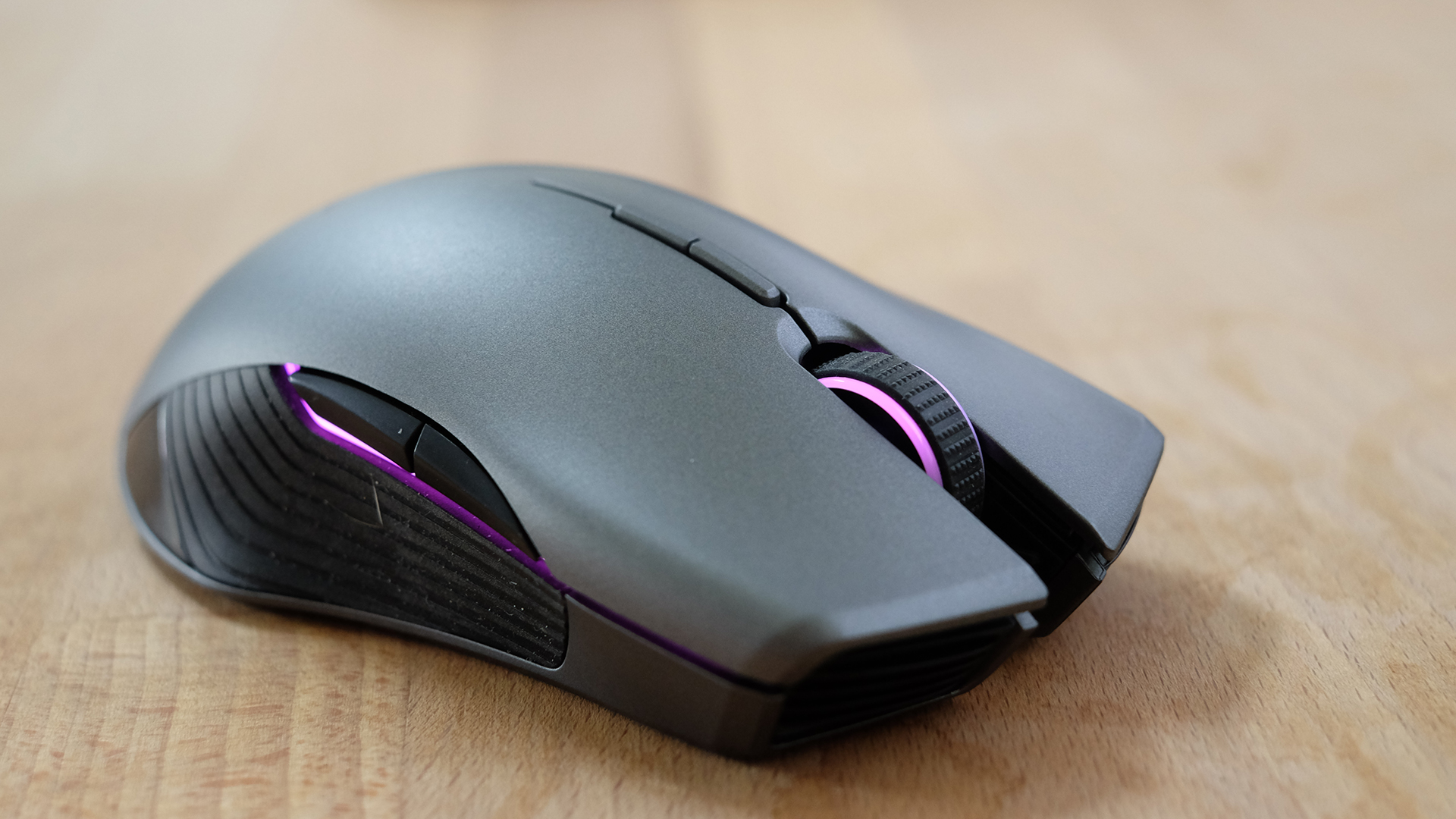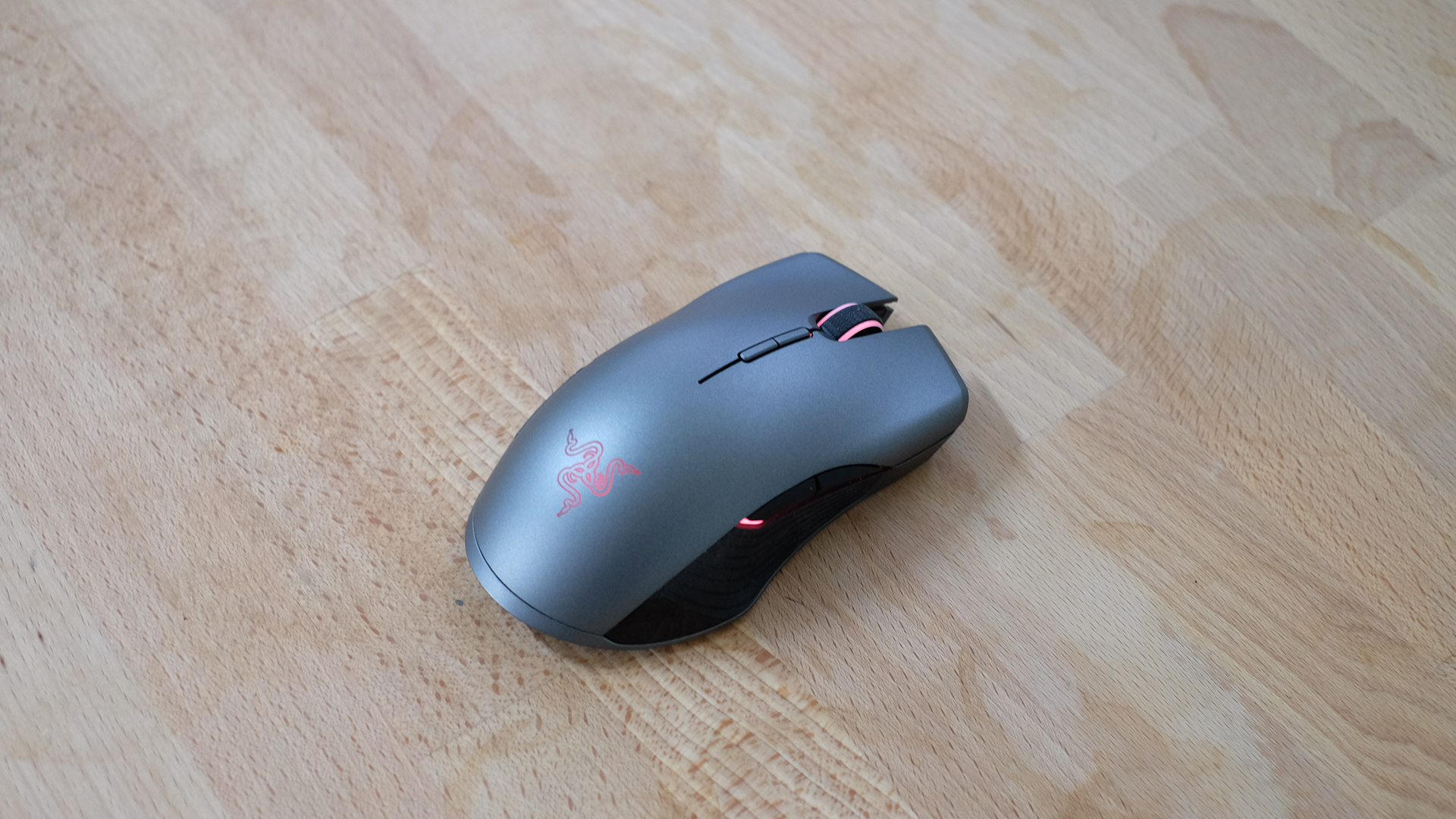Meet Razer’s new flagship mouse, the Lancehead

Razer claims not a single professional gamer has used a wireless mouse during a tournament, but that’s about to change; or so the company hopes.
Professional eSports athletes all have one thing in common. They all use wired mice during tournaments. Even though the performance of wireless mice has improved over the years, cautious gamers have stuck to their guns with wired mice. With a wired mouse, there’s no need to worry about battery life or connection issues due to interference. Simply put, a wired mouse just works.
Razer wants to change that way of thinking with Lancehead.
- Buying a Lancehead? Pair it with one of the best gaming keyboards

The Lancehead is Razer’s new flagship wireless mouse and on paper, at least, it’s no slouch. Offering specs like 16,000 DPI optical sensor, 210 inches-per-second that can keep up with 50Gs of acceleration, and 24 hours of battery life between charges.
However, Razer knows it takes more than top of the line specs on a sheet of paper to convince gamers its wireless mouse can keep up with their every move.
To ensure a constant data connection, Razer has worked hard to control how often the Lancehead hops between frequencies in the 2.4GHz band using what the company calls Adaptive Frequency Technology (AFT).
As explained to TechRadar by Elena Teh, product manager of mice at Razer “In an ideal environment, there are no other wireless devices in play. The mouse is the only thing in that 2.4GHz band.”
Sign up for breaking news, reviews, opinion, top tech deals, and more.
She continued, “Frequency hopping occurs every time a device changes frequency within the 2.4GHz band, it takes time,” in turn, lowering performance of the mouse.

Using AFT, the Lancehead will only switch between frequencies when it’s absolutely necessary, selecting the frequency with the least amount of interference when it does – admittedly, that’s an extremely simplified explanation for technology that’s incredibly complicated.
The end result, according to Razer, is that the data transmission rate is free of lag and the reliability of the Lancehead is best in class. The wireless peripheral itself features a 1,000Hz polling rate, which is as fast it gets – wired mice included.
With any sort of wireless product, battery life and remembering to charge a device is always a concern. Razer tried to find a balance between size and battery life when developing the Lancehead.
To alleviate any anxiety regarding a low battery during place, users can quickly connect the provided USB cable to the mouse to recharge, or switch to a wired connection, similar to Razer’s Mamba line.

Design wise, the Lancehead ditches the Mamba’s slight curve that accommodated right-handed users for a new new ambidextrous shape that’s sure to make lefties everywhere happy.
On the software front, Razer will soon begin beta testing Razer Synapse Pro, which will later launch as an exclusive for Lancehead owners. The new configuration software will save profiles directly to the mouse, as well as uploading them to Razer’s servers.
With onboard memory, users can access a saved profile directly on the mouse without the need to use his or her personal computer, and without an Internet connection.
Still, the barrier of convincing gamers that wireless technology is fast and reliable enough is one that continues to persist.

When asked what it will take for the use of wireless mice by professional gamers to become commonplace, Teh was quick to answer: “Hopefully there will be one brave eSports athlete that is willing to take the plunge with the Razer Lancehead. From there, they can obviously tell there is no difference between wired or wireless. We made this mouse to be an absolute game changer.”
The Lancehead Tournament Edition is available for pre-order for $79.99 (€89.99) and will arrive mid-May. The Lancehead Wireless Gaming Mouse is also available for pre-order Razer’s online store at Razerzone.com, and is priced at $139.99 (€149.99).
Of course, Razer understands there will be those who just can’t trust wireless technology quite yet. And so, the company is also releasing the Lancehead Tournament Edition wired mouse.
This special version The Tournament Edition mouse boasts a nearly identical spec sheet, with the exceptions being the wireless technology and an increased IPS of 450. You also get the new ambidextrous design, Razer Mechanical Mouse Switches, nine programmable buttons, Chroma lighting, and compatibility with Razer Synapse Pro.
- Could the Lancehead be the next best gaming mouse?

Razer sent us a pre-production model to check out. As such a full review will have to wait until Lancehead enters production and is finalized, but the early unit sitting on our desk right now feels good in the hand. The buttons are responsive and offer a solid click when pressed. The scroll wheel is stiff, but not too stiff.
Switching from wireless to wired takes hardly no time at all, with a microUSB plug hugging the scroll wheel and the bottom of the Lancehead as not to provide any interference.
All in all, this is one exciting wireless mouse. It will be fun to watch and see if the Lancehead is enough to inspire one brave athlete, as Teh and the rest of the Razer team so desperately hope, to make the switch from wired to wireless.

Welcome to TechRadar's 3rd annual PC Gaming Week, celebrating the almighty gaming PC with in-depth interviews, previews, reviews and features all about one of the TechRadar team’s favorite pastimes. Missed a day? Check out our constantly updated hub article for all of the coverage in one place.